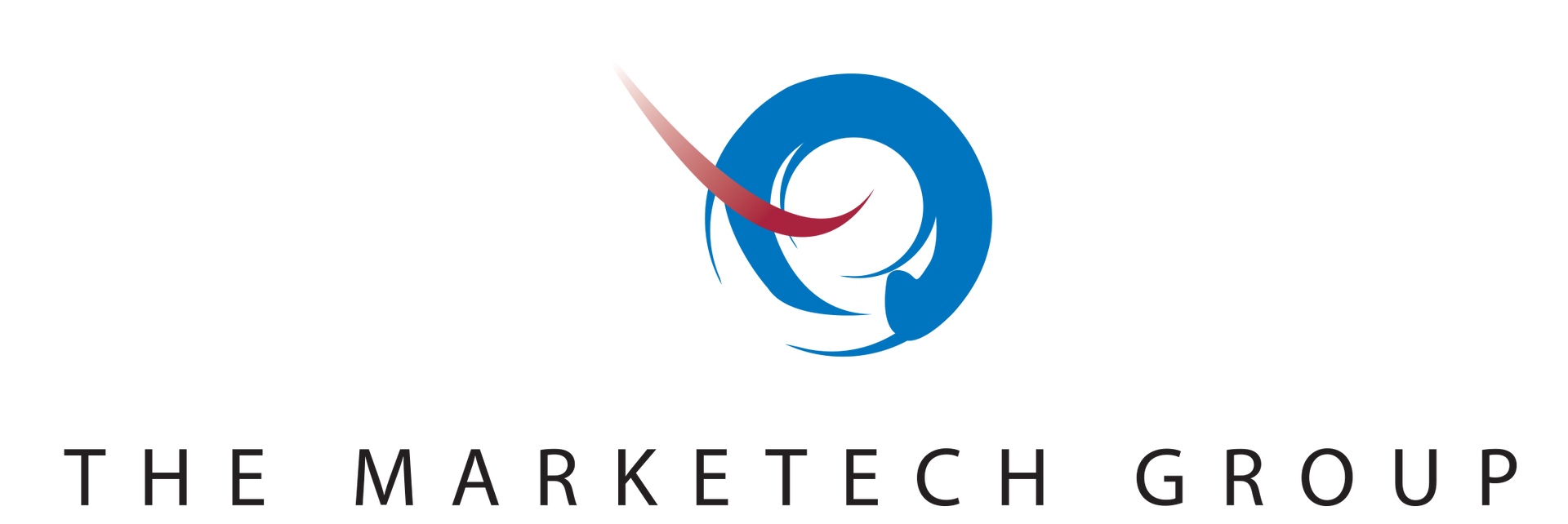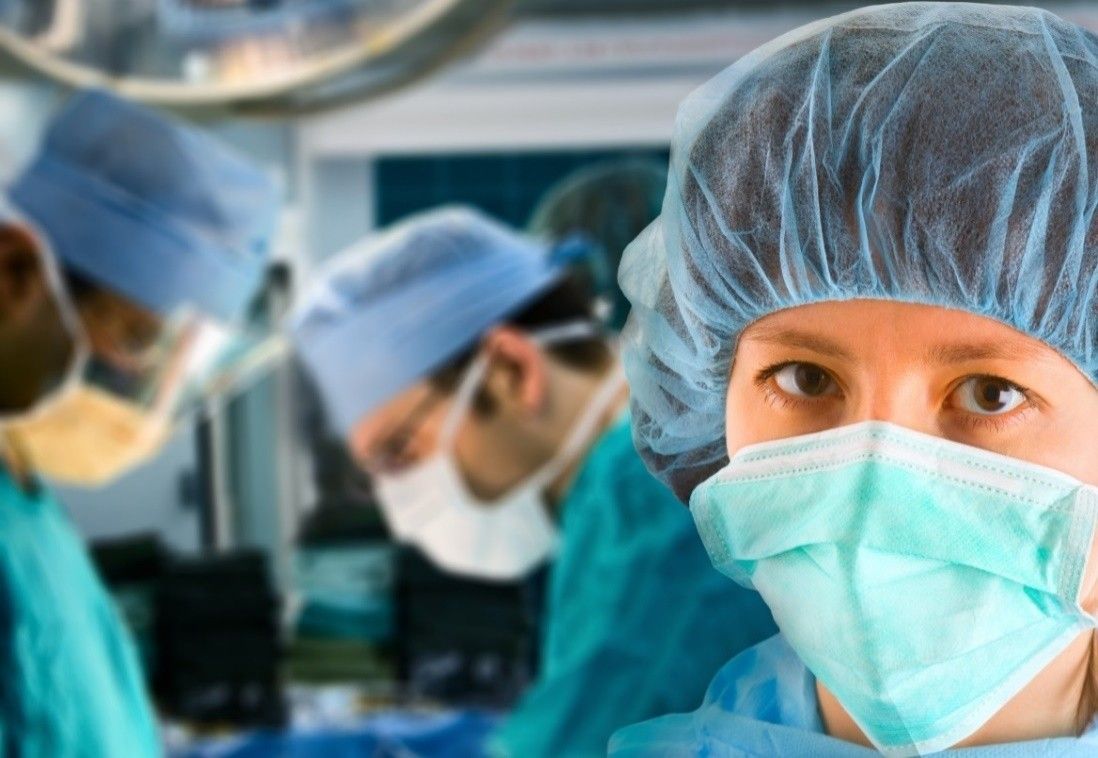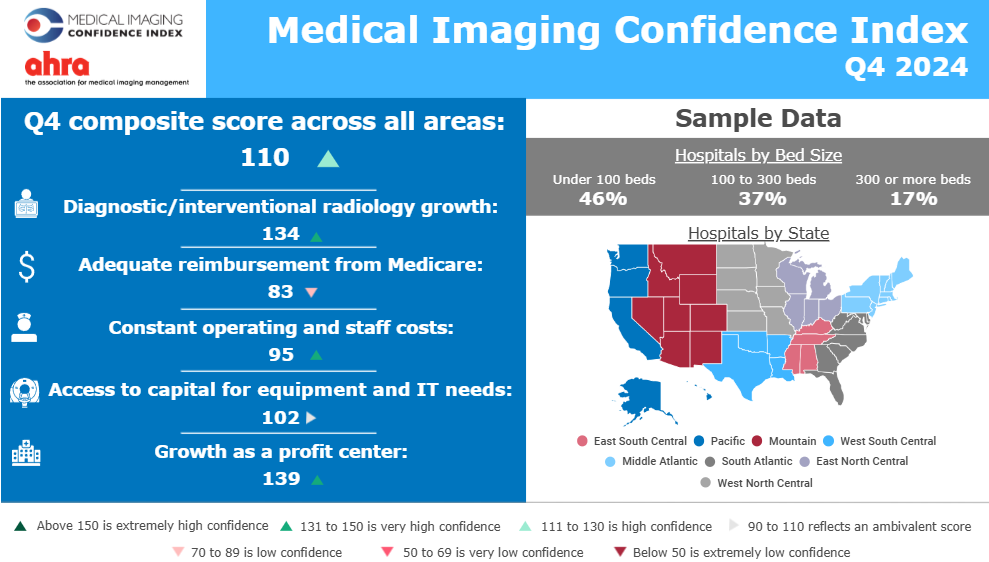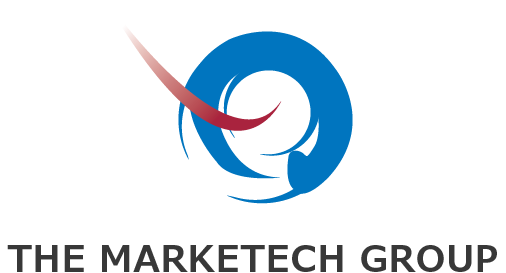The Stages of Medical Device Development
Share this article:
Written by: The Marketech Group
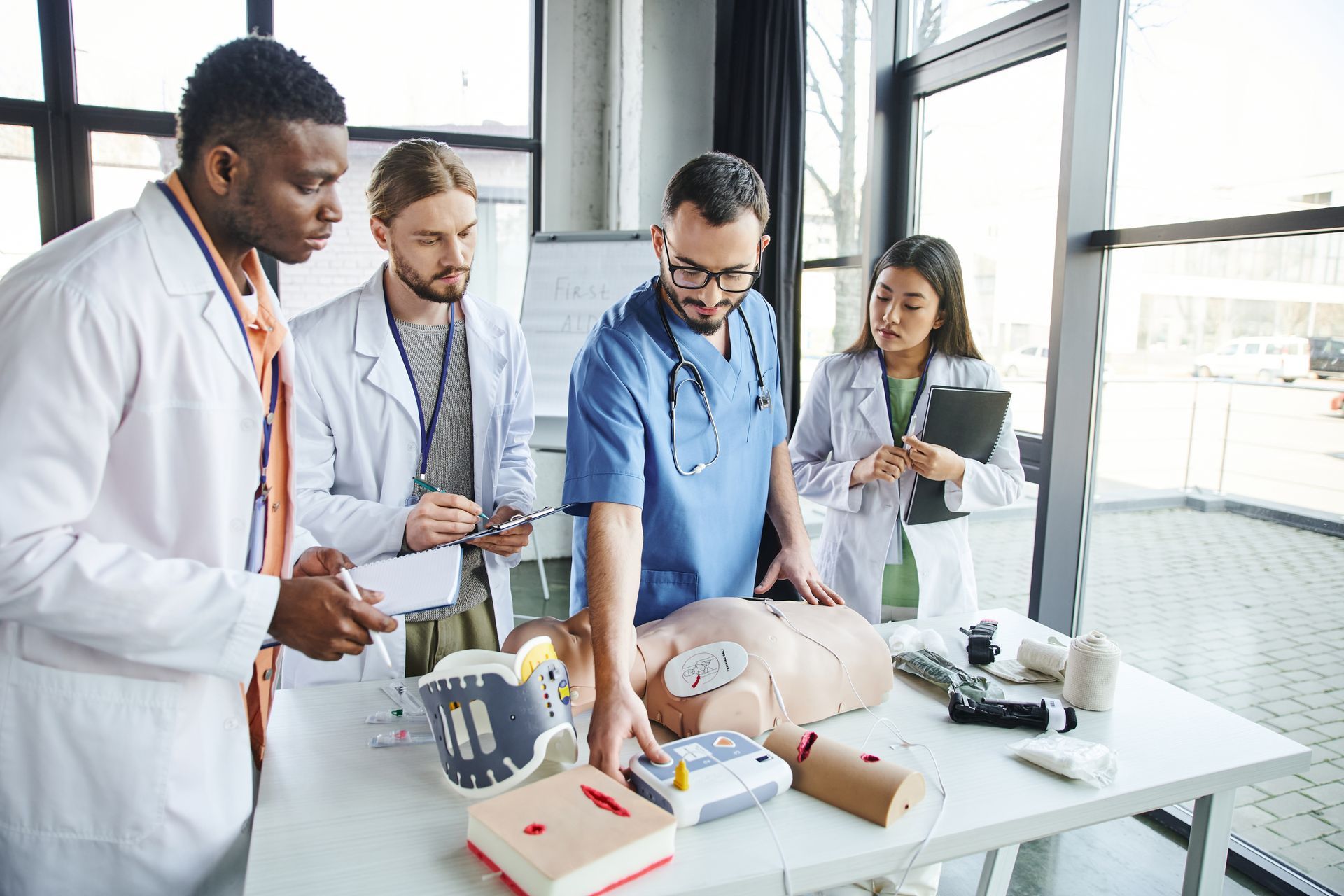
Medical device product development is a detailed process that includes multiple steps for safety, effectiveness, and quality assurance. Device development begins in a laboratory where it is given a classification by the FDA based on the level of risk it may pose to consumers. The classification determines the rest of the development process.
Following classification, a prototype is created, and animal testing may take place for safety analysis. Once this step has been successfully completed, testing moves on to human subjects to measure efficacy. All of the data collected in the first steps are then submitted to the FDA for a thorough review process. After FDA approval, the device continues to be monitored for safety and will be prepared for a market launch.
Understanding Market Research in Medical Device Development
Medical device product development is driven by consumer need. However, that need can vary based on the device’s usefulness and the specific field in which it will be employed. The development of a new device carries risk if qualitative and quantitative research has not been completed on the current medical device market.
Performing
market research is an essential step toward the development of a successful device. Such research will provide information on local competition, market dynamics, growth potential, and factors that drive consumer behavior. With these data in hand, development can begin that targets a specific need within the medical device community.
Medical Device Product Development Phases
Developing a new medical device involves 5 phases that require the device to be proven safe and effective at each step. These phases are:
- Ideation and Conceptualization
- Design and Prototyping
- Preclinical Testing
4. Clinical Trials
5. Regulatory Approval and Market Launch
Phase 1: Ideation and Conceptualization
The development of a new medical device begins with identifying a patient’s need within the medical community. Once this has been isolated, conceptualization can begin regarding the type of device required to meet the need. During conceptualization, it is essential that the design team account for medical, biological, engineering, and patient-related factors. This will ensure the materials used are suitable for use in a human within a medical setting.
Also necessary during the ideation and conceptualization phase is market research that has been conducted using qualitative and quantitative methodologies. This research will provide information regarding similar devices currently on the market, patient satisfaction with these devices, the level of patient need within a medical setting, and which features patients are most likely to find financially worthwhile. The information gained during detailed market research allows the conceptualization phase to focus on what is most important to both patients and the medical community.

Phase 2: Design and Prototyping
To develop a prototype of a new medical device, designers must approach the concept from a medical, engineering, and market use perspective. Devices intended for use on or within a human body must meet strict clinical criteria which include the type of metal or material being used, the risk level to the user, the underlying medical factors of the intended user base, and the environment in which the device will be used. All of these aspects must be combined with engineering limitations and feasibility.
Once a prototype has successfully integrated all of these factors, it can be tested in a laboratory setting. The results of this testing will be used to further modify and refine the design. Marketing research will also provide valuable insight into whether or not the prototype is meeting the current needs of the intended user.
Phase 3: Preclinical Testing
Preclinical testing involves using animal models, computer simulations, or an imaging phantom to determine the safety and effectiveness of the prototype. Conditions are created that closely resemble the conditions expected in a human subject, so the results can be used to make applicable and necessary modifications prior to clinical trials.
Phase 4: Clinical Trials

Clinical trials for medical devices include 4 stages:
- First-in-human stage – 10–40 participants are selected to determine the early-stage safety and efficacy of the device.
- Traditional feasibility stage – once the device has passed stage 1, the device is considered almost finalized. It will be tested on a group of 20–30 patients.
- Pivotal stage – the device is tested on a group ranging between 100–300 patients. A control group of patients who do not use the device is included to provide a baseline for further analysis.
- Post-marketing surveillance phase – the device continues to be monitored once it is available to the general public for safety and efficacy.
The clinical trial phase provides another opportunity for market research when it comes to
setting a price point, further narrowing down the target population, and
predicting user appeal.
Phase 5: Regulatory approval and Market Launch
Once the device has completed clinical trials, the FDA will collect all of the data and determine if the product meets regulatory requirements. Following FDA approval, it will then be ready for its market launch.
Launching a medical device requires proper strategy, distribution, marketing, and product positioning. This will ensure it reaches the target audience and is set at a price that will increase the ROI. Market research into competitors, patient need, distribution channels, and market segments will provide insight into appropriate price points and strategies.
Bringing Your Medical Device to Market
The device development process is only the first step in creating a medically and financially successful product. Creating a place in the current market and maintaining a sound ROI throughout the life of the device requires comprehensive market strategies and research. MarkeTech provides its clients with thorough, intelligent, and accurate market insights that will ensure their product is strategically placed for maximum success.
The MarkeTech team specializes only in healthcare and medical technologies and has diverse backgrounds and experience in clinical science, medical marketing, and advanced statistics. We specialize in fields that include medical informatics, AI, medical devices, diagnostics, pharmaceutical science, life science, medical imaging, and in-vitro diagnostics.
Contact us today to submit an RFP and discover how our marketing services can bring your medical device to the next level.
